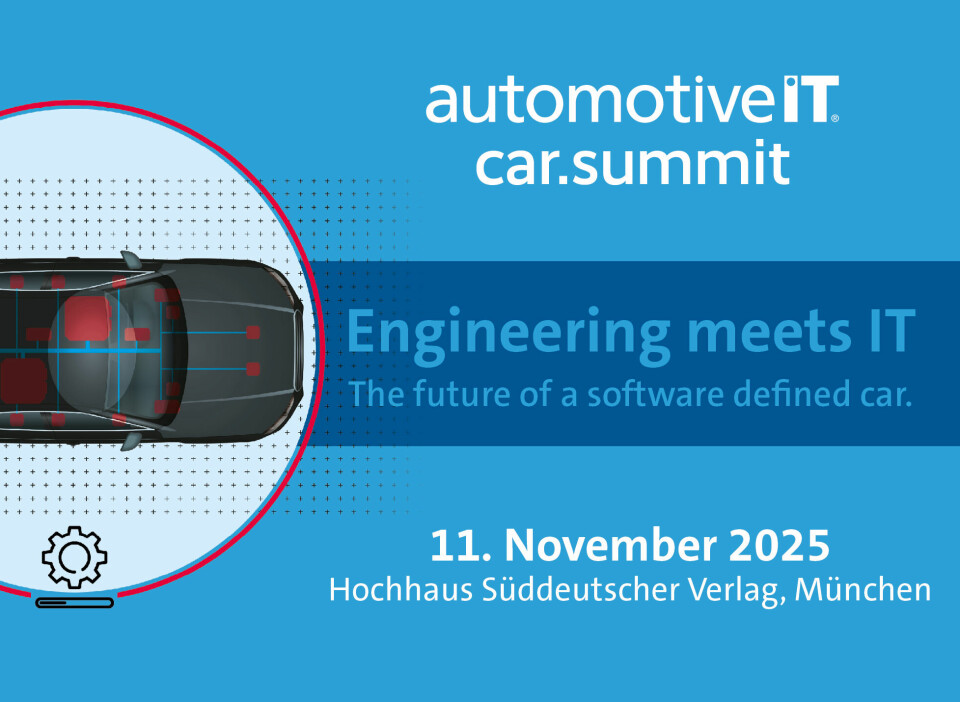Autonomous Driving Systems
First test vehicles available now
Moia brings autonomous shuttles to Berlin
Volkswagen Commercial Vehicles used the lidar technology from Argo AI for the development of the autonomous ID.BUZZ AD, which can detect objects up to 400 metres away.
Volkswagen
In the northwest of Berlin, a new chapter of urban mobility begins: for the first time, autonomous VW ID. Buzz AD from Moia are on public roads. The project aims to test how public transport can be expanded with flexible, self-driving options.
Following Hamburg, now comes Berlin: in the northwest of the German capital, the first vehicles of the VW ID. Buzz AD type are on the public roads - equipped with Level 4 technology, including software systems and services from Volkswagen subsidiary Moia. The project is funded by the German Federal Ministry of Transport with a total of 9.5 million euros. The aim of the project is to link traditional public transport with flexible, autonomous offerings. Recently, the project partners, in the presence of the German Federal Minister of Transport Patrick Schnieder, officially launched the project.
What is now beginning as a pilot project is intended to immediately prepare for the later ramp-up of the largest fleet of autonomous vehicles nationwide as part of the public transport system. "Today marks the beginning of a new era. Regardless of the life situation: with autonomous vehicles, we can prospectively create a completely new mobility system that truly addresses the personal needs of the people in our city," commented BVG CEO Henrik Falk. The next milestone is scheduled for the first half of 2026: then the test drives with passengers will begin.
In the NoWeL4 (Nord-Westraum Level 4) project, five vehicles will be operating with passengers in a test area of approximately 15 square kilometres. The area includes parts of Spandau, Charlottenburg-Wilmersdorf, and Reinickendorf. The vehicles move freely within the area and serve around 80 stops. During the test drives, a safety driver is on board who can intervene in an emergency. Additionally, there is remote monitoring from a control centre. The project ends in 2027 and is expected to transition into regular operation thereafter. Other partners include the Technische Universität Berlin (TUB) and the Institute for Climate Protection, Energy and Mobility (IKEM).
This article was first published
at automotiveit.eu






















